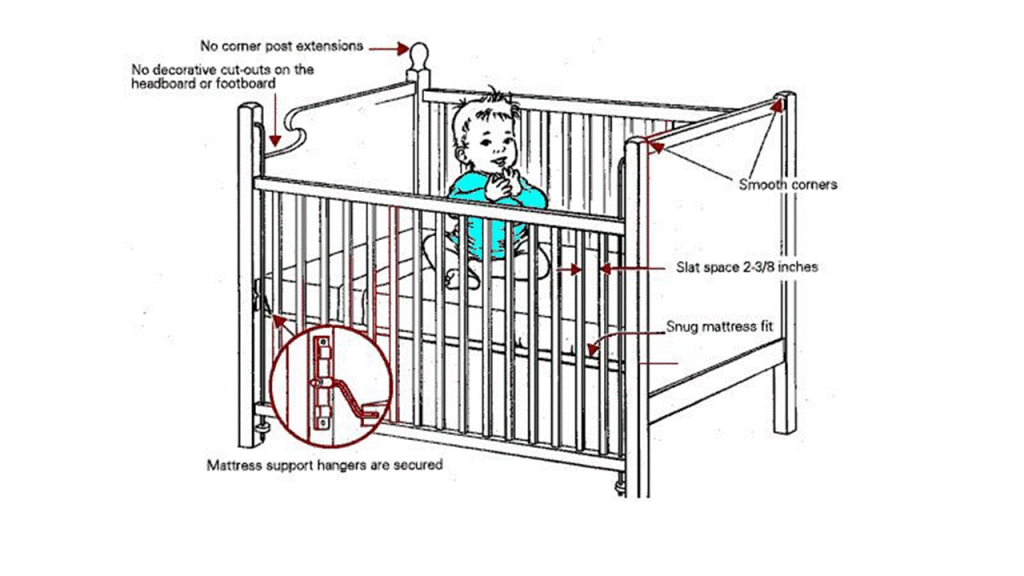What is shown? The picture shows a large tumor (oval) of the left lung. The tumor is about 3 inches wide, from top to bottom. The tumor is right next to the main airway (arrows).
How did this patient die? The lung cancer grew into the airway and blocked this patient’s breathing.
What type of tumor was this? Tumors in the lung (and any organ) come in different types. This one was a “small cell carcinoma.” It’s called this because of the small size of the cells seen under the microscope. This is a very aggressive (fast growing) lung tumor. Prognosis is commonly six to twelve months, even with treatment.
What was the clinical story here? This patient was an elderly woman who had been a smoker and had emphysema. She had had lung cancer in the other lung – the right lung – about ten years before. That right lung tumor was completely taken out by surgery and was not thought to have spread (metastasized) anywhere back then.
Why did the family request an autopsy? The family wanted to know why there was a tumor in the left lung if the surgery “got it all out” from the right lung ten year ago. This was confusing to them. They began to feel mistrustful of how first treatment went. Did they really get it all out? Were they being dealt with honestly? How could there be a second tumor in the lungs now?
What did the autopsy show? The autopsy showed the past surgery on the right lung. About a third of that lung had been removed. There were normal healing changes and no “left over” tumor on that side. The left lung tumor was found (described above). There were two metastases in the liver and metastases in the bone marrow.
How did the autopsy help? The autopsy allowed for a discussion of the biology of tumors and gave a perspective on the patient’s care.
Here were the possibilities to consider:
-That the second tumor was part of the first because some was, in fact, left behind after surgery ten years ago and had just kept growing.
This could not be. Because small cell carcinoma is so fast-growing, if there were any tumor left from the surgery, it would have grown quickly at that time. It would not grow so slowly to take ten years to come to medical attention. Also, the tumor was in a completely separate lung. Any tumor remaining on the right side would have grown in the right lung not the left.
-That there were tiny metastases at the time of the first surgery that were undetected but then grew and showed up ten years later.
This is also could not be, again because small cell carcinoma grows so quickly it would not take ten years for metastases to come to medical attention.
–That the new tumor was a complete different tumor from the first.
This can only be what happened here, because the above possibilities were ruled out. Also, it is known that once a patient gets one lung cancer, they are at increased risk of a second, different lung cancer. It is something that is known to happen.
How did the discussion impact the family? The information staved off anger towards the original surgeon. The family could rest at ease knowing that the original surgery had, indeed, accomplished its medical goals. The family did not need to feel any concern for any past medical mismanagement, error or dishonesty because there had been none. Past treatments were completely unrelated to the new tumor. This was an entirely new and different tumor. The family had not known this could be a possibility.
The discussion also provided a reminder of the risks of smoking.
Lastly, learning more about the biology of lung cancer gave the family a language and context to understand and talk about their loved one, each important in the grief process.



